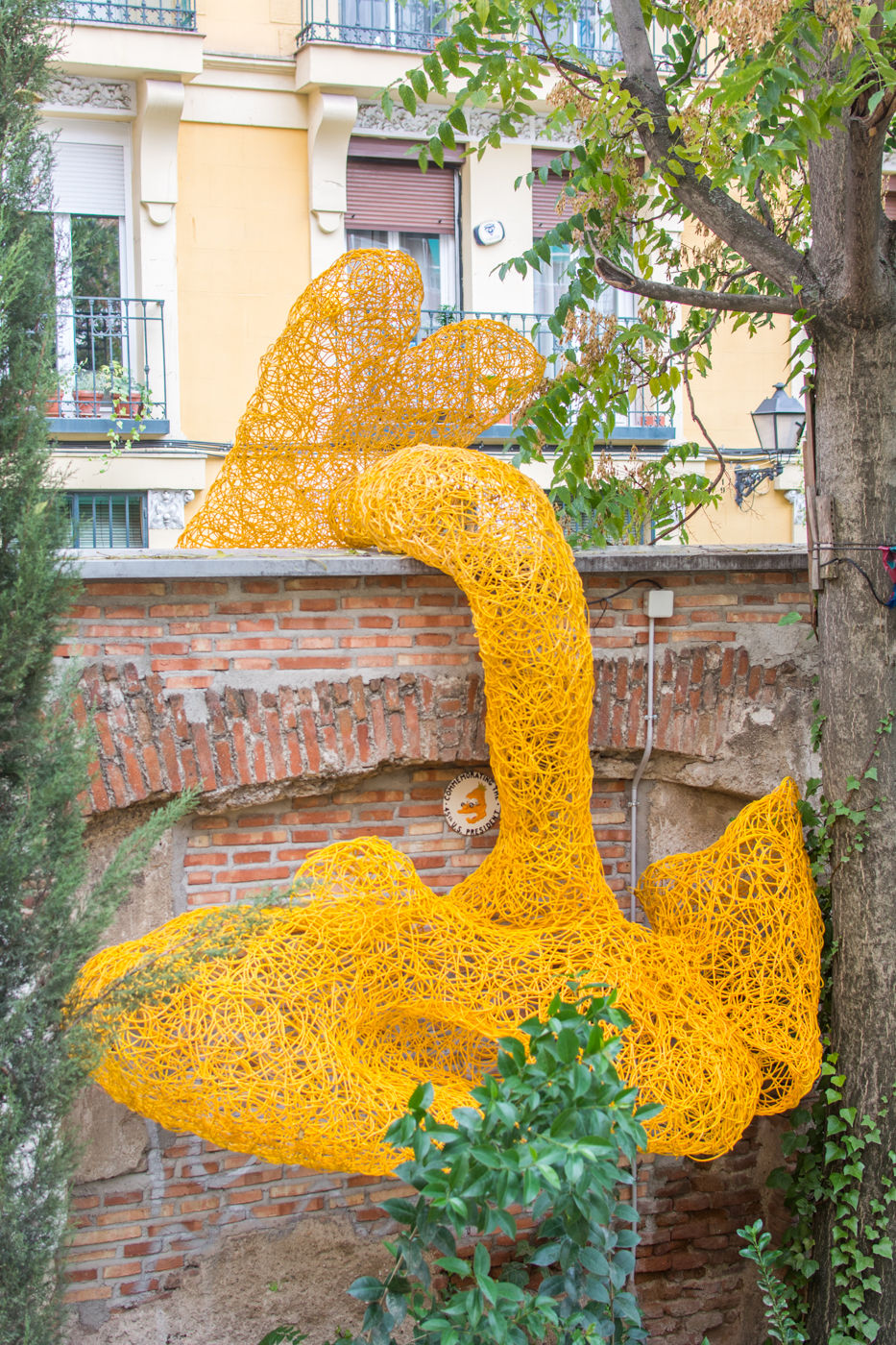Fiona Gavino
In 2014 I had been fortunate to be awarded an Asialink Residency to Manila, Philippines, upon visiting Madrid four years later I was struck by the similarities between the architecture of the exotic ‘other’ with its colonizer.
In August 2017 I visited Madrid because for a long time I wanted to see Picasso’s Guernica, and by chance stayed in Lavapiés. I noticed the process of gentrification then and I became interested in returning to undertake a residency to explore the issues of this global phenomenon. Gentrification is a process that forces a district to conform to middle-class tastes and stifles the soul of a community. The community I live in has faced similar things and somehow we have managed to maintain our solidarity and community I think by the strong active visual and performing arts culture there. During my R.A.R.O. Residency in Lavapiés, I contributed to the community with open-access weaving workshops at Esta es una plaza. We held open access workshops facilitated with the support of Madrid Street Art Project I spent two days teaching the community to random weave using cane/wicker. Everyone wove a section and then over the next 8 days I joined them together to create the sculpture - Aqui y ahora por el futuro, that you will see installed there in the plaza now. The process of building the sculpture reflects the dynamics of the space. People were happy to come and collaborate on the project as the Plaza is about community and it is the spaces like Esta es una a plaza that is the anti-dote to gentrification.
Dovetailed into the weaving project was the ‘collecting’ of words and phrases from everyday conversations at the Plaza and in the barrio of Lavapiés. These words and phrases hunted, collected or imagined through conversation or observation. These phrases of significance have been translated into artworks during the following two-week residency at La Lavandería, it was an aesthetically pleasing exercise in generating art within a social and political context. The print relief is made by weaving strands of fibres into letters that are then assembled into text. The letters suggest the structure of the community - a single thread is weak, woven together it becomes strong.
The floral background of the prints reminds me of grandmothers and of sitting around a table with friends and family sharing food, drinks, and conversations about life, politics, death, and sex. Some of the works in La Percepción no es absoluta serve to prompt the viewer to start considering the deeper meaning of a word or a phrase I have collected, others are direct comments or observations of what I have observed during my residency.
Gallery










































